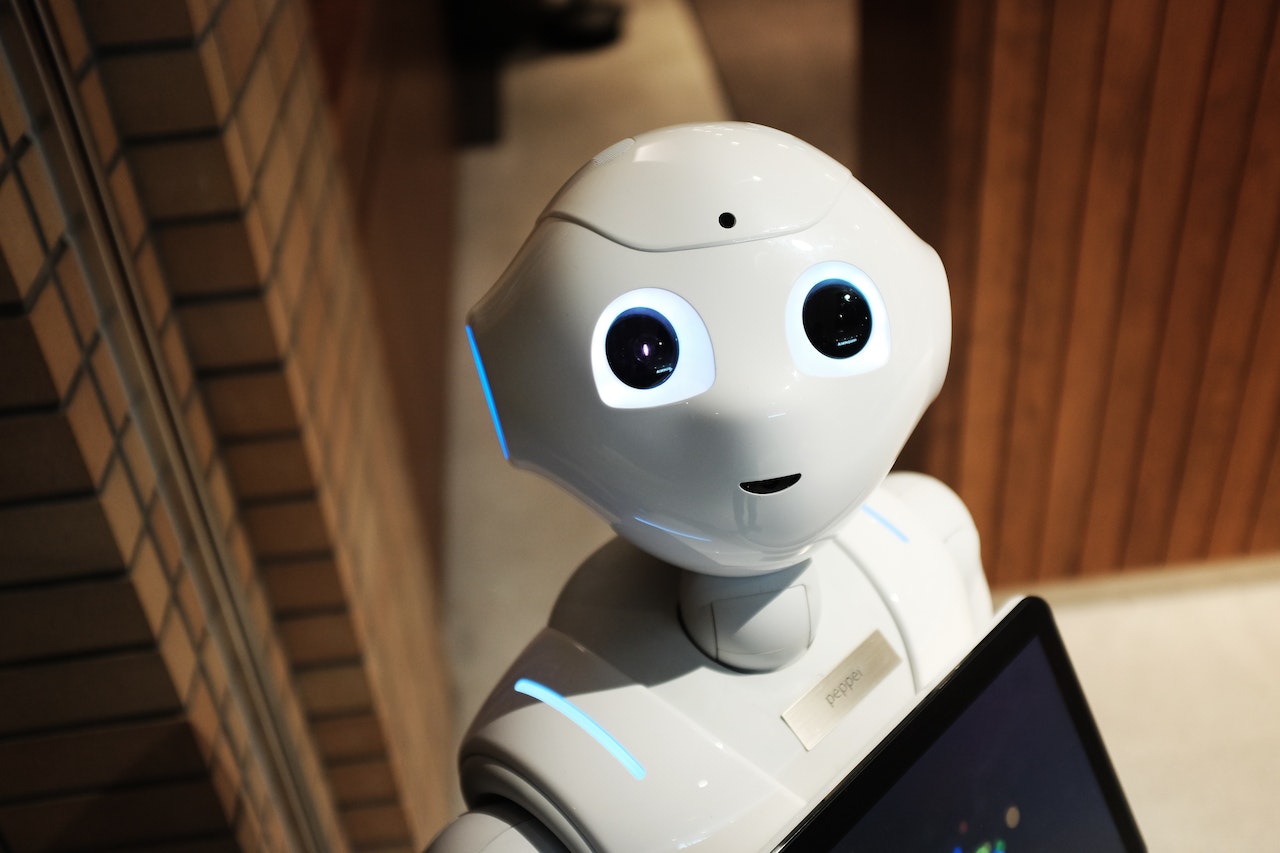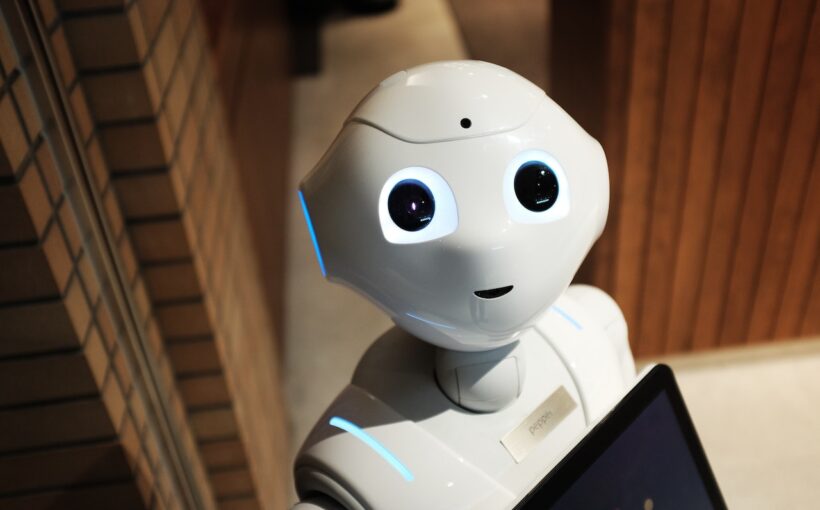
One fateful morning in November 2022, writers logged into their social media accounts and were confronted with a startling revelation – their jobs were on the line. According to some of the expert predictions, in a mere six months or even less, writers might find themselves rendered jobless. Why? A new super tool called ChatGPT from Open AI was just launched. And it could do everything writers could do. What sets it apart is its astonishing ability to produce 1,000-word articles in under a minute, while the average writer typically devotes around six laborious hours to craft the same. It began to feel like companies would no longer need content writers or copywriters. All their writing needs could be solved by simply typing the right prompts into ChatGPT.
Before ChatGPT, there were other generative AI tools such as Jasper, Copy.ai, and Jenni.ai, however, the AI landscape blew up with ChatGPT’s launch. For the following two months after its launch, nearly every tweet or LinkedIn post had something to say about it. Since then, we’ve had an explosive evolution of ChatGPT and other AI tools. Search engines have started incorporating them into their platforms, such as Bing Chat and Google Bard. We’ve also seen the rise of AI pictures and AI music. There seems to be no stopping for generative AI.
All that glitters is not gold
After the first few weeks of absolute terror for writers, a few things began to be noticed about the results produced by generative AI. The first is plagiarism. I wrote a test article with one of these tools and then ran it through a plagiarism checker. I was shocked by the results. The article had 18% plagiarism and this reveals that plagiarism is a top concern with AI-generated articles.
Another thing is inaccurate answers. ChatGPT is known for sometimes pulling up results that may be inaccurate. Relying on it leaves you at the mercy of getting called out for false writing. It also maintains a similar repetitive pattern and produces basic writing. Nearly every result has the same flow and angle. If you are familiar with AI-generated articles, this is the easiest way to spot them. They often lack credible citations, statistics, and quotes that give human writing the extra oomph.
Also, it lacks emotions. Humans are emotional beings. Experiences and emotions are essential tools we use to write. This has been difficult for AI to replicate as robots do not have any feelings and are incapable of recreating the human experience. Using AI for copywriting has only provided terrible results so far.
The new path
The glaring inadequacies of generative AI have given writers a new challenge. More than worrying that AI will take over jobs, we are now even more afraid to hear, “This reads like AI.”
However, content writers and copywriters are spending more time conducting thorough research and gathering as much data as possible for their writing. We are also spending more time dedicated to ensuring that the bases are covered when writing about a topic. At the back of our minds, we ask and answer questions like, are the stats available and accurate? What does the reader need to feel when reading this to take action? How do I make them feel what?
I particularly love the renewed drive for excellence this has added to writers. I’ve watched writers go above and beyond to get the right statistics and quotes. I’ve seen writers work harder to incorporate more expert views in their work, and I’ve also seen writers spend more time and money investing in their skills to maintain the highest quality of work.
And more importantly, writers have turned the narrative around. Instead of accepting AI taking our jobs, we have begun to leverage them to create better workflows. In a 2023 survey of copywriters and content marketers conducted by Ashley R. Cummings, results show that about 67% of writers have included AI in their daily operations. 47% of writers use it as a brainstorming tool, while 33% use it as a research/outlining tool.
Over the last few years, AI tools have helped us improve our work. From Grammarly, for editing, to Quillbot, for paraphrasing, to the Hemingway app, for keeping our writing bold and clear, ChatGPT and other generative AI have been impressive. However, they remain what they are – tools – and cannot be a replacement for the human mind and experience.
We have no idea how much innovation and progress will be made in the world of generative AI over the next few years. At this point, we only tasted the tip of the AI landscape iceberg. I love that the growth of the AI landscape has directly resulted in the growth of human writers as opposed to social media expert opinions.
At its current capabilities, generative AI will not be replacing writers. Instead, it is helping writers produce the highest quality of work possible. And for now, writers continue to lead in the current game of writers vs. AI.
The post Abisola Oladele Tanzako: AI is Pushing Writers to Be More Intentional about Their Work appeared first on BellaNaija – Showcasing Africa to the world. Read today!.



